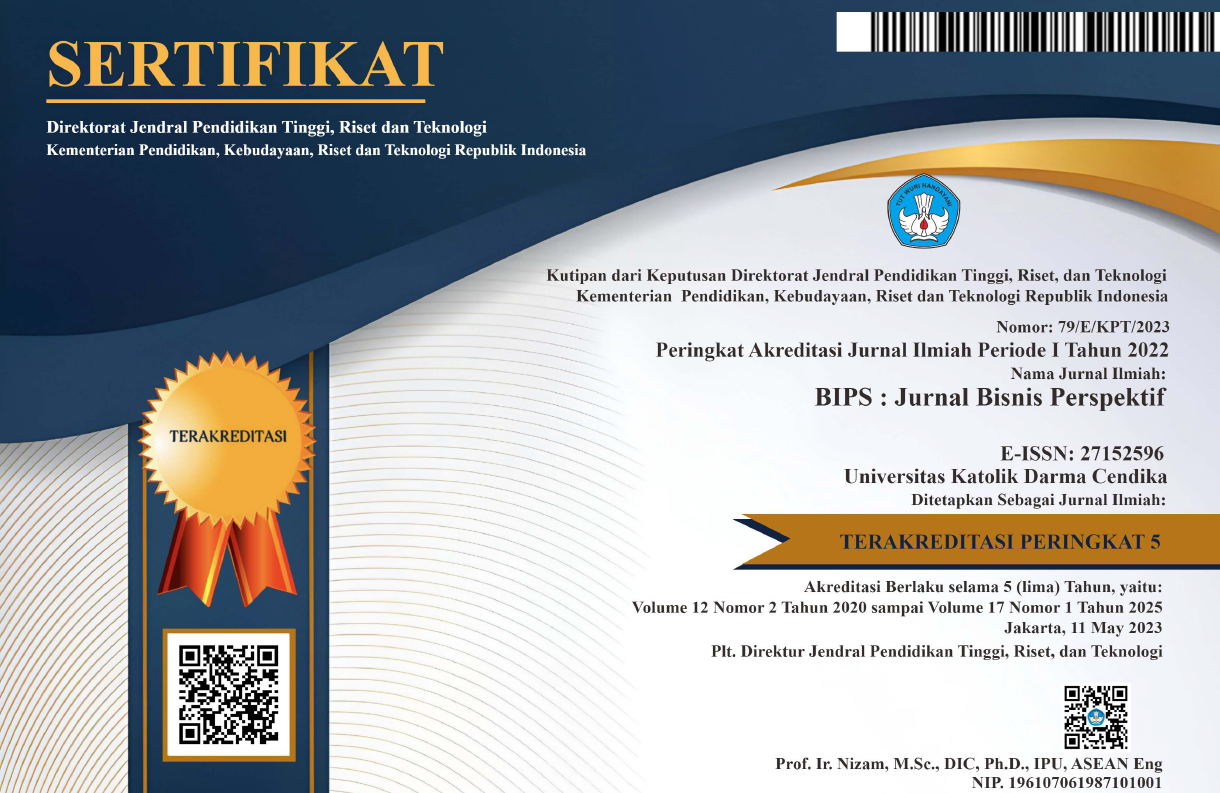Urgensi Penerapan Anggaran Responsif Gender Di Pemerintah Daerah
DOI:
https://doi.org/10.37477/bip.v10i2.58Keywords:
government budgeting, gender responsive budgeting, gender budgeting obstacle, gender budgeting strategyAbstract
This study aims to know why gender responsive budgeting is not responsed by
local government. Since it was issued by president as we know as Presidential Instruction Number 9 of 2000, there was no any significance changin in gender equality. This research was developed by some previous researches in Indonesia that found many regulations have setted to promote gender equality, but there was no significant action that showed by local government to implement it. So, this study try to seek what the obstacle that hampered gender reponsive budgeting implementation in local government. Documentation study and depth interview were the the tools to capture the data. The research found some obstacles such us the understanding of gender concept among government official, political will, and resistance to change. Some strategies to handle these obstacles are (1) political committment affirmation; (2) technical capacity affirmation; (3) accountability; (4) establish planning and budgeting department; (5) build the network with private sector, academicion, and society empowerment activity group. Contribution of this research include to developed theory in public sector accounting especially in budgeting process, and give understanding about gender responsive budgeting in local government. The last important contribution is to give suggestion and overview for Manado City governement to start gender responsive budgeting implementation.
Downloads
Published
How to Cite
Issue
Section
License
Authors publishing in this journal agree to the following terms:
- The author retains copyright and grants the journal rights of first publication with the work simultaneously licensed under a Creative Commons Attribution ShareAlike License License that allows others to share the work with acknowledgment of the author's work and initial publication in BIP's: Journal of Business Perspectives.
- Authors may include separate additional contractual arrangements for non-exclusive distribution of the published version of the journal (e.g., submit to an institutional repository or publish in a book), with an acknowledgment of the original publication in this Journal.
- Authors are permitted and encouraged to post their work online (e.g., in institutional repositories or on their websites) before and during the submission process, as it can lead to productive exchanges, as well as citations of previously published work.
Each author is expected to complete the copyright process with a document of the originality of the manuscript, the templated document is below:


7.png)


6.png)
2.png)


